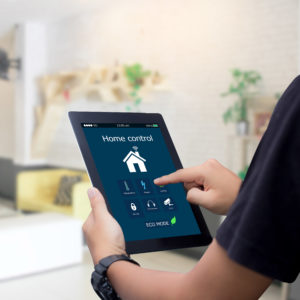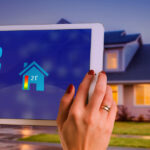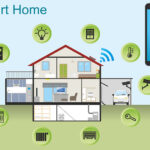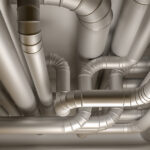 What if you could save time and money when it comes to your HVAC systems?
What if you could save time and money when it comes to your HVAC systems?
Remote monitoring is one of the best things you can do with your HVAC. Unfortunately, many homeowners don’t know what remote monitoring is and how it can benefit them.
What Is Remote Monitoring?
We need to start with the basics. And that means answering the question: what, exactly, is remote monitoring?
In this case, it involves special HVAC hardware and software that allows you to monitor things no matter where you are. Whether you are at work or even on vacation, you can know exactly what is going on with the HVAC unit at a remote site with the press of a button.
This kind of monitoring is becoming standard when it comes to smart HVAC equipment. And if you haven’t yet made the upgrade to your own HVAC equipment, remote monitoring should be the perfect incentive due to its many benefits.
Benefits of Monitoring
Now you know a bit more about what remote monitoring is. But what, exactly, makes this monitoring so useful?
Depending on the smart HVAC setup, you may be able to monitor the temperature across multiple rooms in a building. This can be useful for regulating temperature-controlled areas or simply making sure that everyone inside isn’t too hot or too cold.
Speaking of hot and cold, you can also set multiple thermostats up. Remote monitoring will let you find out if every area is at the target temperature and may even help you monitor for the dangerous presence of things like carbon monoxide.
Whether it’s for a personal home or a professional building, one of the biggest benefits of monitoring your HVAC remotely is that you can create a safe, efficient, and optimal space. Such energy efficiency saves plenty of money throughout the year, and remote monitoring makes it easy to troubleshoot when things go wrong, saving you plenty of time.
Customize Your Monitoring
The ability to remotely monitor your HVAC is pretty handy. But if you’re just using it to occasionally check on the temperature, you aren’t getting the full value out of your remote setup.
With a good smart system, you can remotely adjust the temperature and also automate certain temperatures for different times of the day. This is a great way to achieve energy efficiency, lower bills, and a more comfortable building all throughout the year.
Smart systems are also helpful for diagnosing when things go wrong. Instead of simply waiting for a system to suddenly go out, remote monitoring can help you discover little warning signs (like overheating parts or bad airflow rates). It’s no wonder they are becoming so popular!
What’s Next?
Interested in remote monitoring? In that case, there are some additional next steps you need to take.
First, you need to pick out the desired monitoring system and sensors. Next, you’ll need to set up and install everything. (This can get complex, so don’t be afraid to contact a professional.)
Once everything is in place, you’re ready to enjoy the many benefits of reliable remote monitoring.



